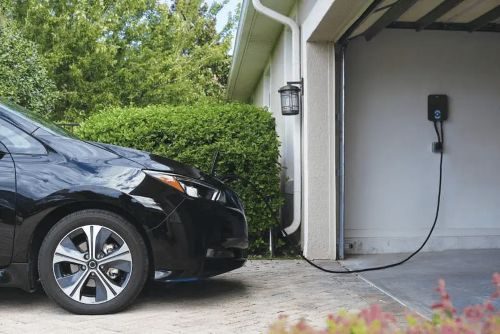


Do EV Chargers Need Surge Protection? Why It’s Essential
Do EV Chargers Need Surge Protection? Why It’s Essential
As a professional EV charger manufacturer in China, Topper Company provides dependable electric vehicle charging stations and comprehensive solutions.
As electric vehicles (EVs) grow in popularity, so does the need for reliable, safe charging infrastructure. One often overlooked but critical aspect is surge protection. Power surges—from lightning strikes, grid fluctuations, or electrical faults—can severely damage sensitive electronics, including EV chargers. So, do EV chargers need surge protection? Absolutely yes.
Surge protection involves installing devices known as surge protection devices (SPDs) to shield EV chargers from sudden voltage spikes. These spikes can come from lightning or electrical disturbances nearby. Without protection, surges can damage the charger’s internal electronics, cause malfunctions, or even create safety hazards.
SPDs work by diverting excess voltage away from the charger, keeping the system stable and safe. Given the significant investment in EV chargers, protecting them is crucial to avoid costly repairs or replacements.
Imagine you’ve installed a top-of-the-line EV charger at home. One stormy night, a lightning strike sends a powerful surge through your electrical system, frying your charger and other devices. Without surge protection, you’d face expensive repairs and lose the convenience of charging at home.
Surge protection safeguards not only your EV charger but also your home’s entire electrical system and connected appliances.
Understanding SPD types helps in choosing the right protection:
Type 1 SPDs: Installed at the main electrical service entrance, these handle high-energy surges like direct lightning strikes. Ideal for outdoor chargers or lightning-prone areas.
Type 2 SPDs: Common in residential setups, installed at the distribution panel, they protect against surges caused by grid fluctuations or appliance operation. Provide secondary protection to chargers.
Type 3 SPDs: Point-of-use protectors installed close to the charger. They add an extra layer of defense against residual surges that bypass Type 1 and 2 SPDs.
Outdoor Chargers: Use a combination of Type 1 SPD at the main panel and Type 2 SPD at each charging point for comprehensive protection.
Compliance: The 2020 National Electric Code (NEC) mandates surge protection for residential electrical services. Ensure your installation complies with local codes.
Panel Upgrades: When upgrading your home electrical panel to support EV charging, consider installing SPDs simultaneously to avoid costly retrofits later.
Professional Installation: Always hire certified electricians experienced in EV systems to ensure proper SPD integration.
Maintenance: Surge protectors degrade over time. Schedule regular inspections to keep them effective.
While surge protectors add upfront costs, they pale compared to the expense of replacing damaged EV chargers, which can cost thousands. They also protect your daily routine by preventing charger downtime and avoiding reliance on public stations.
As EV adoption increases and charging stations become more widespread—often outdoors and in harsh environments—surge protection will be vital for infrastructure resilience. New smart SPDs with real-time monitoring further enhance safety and reliability.
Surge protection for EV chargers is essential, not optional. It protects your charger, home, and safety from damaging electrical surges. By choosing the right SPD types, following best installation practices, and maintaining your system, you safeguard your EV investment and enjoy worry-free charging.
Whether for a home charger or a commercial network, surge protection is a critical step toward a reliable, future-proof EV charging setup.Know more about Google SEO Directory
